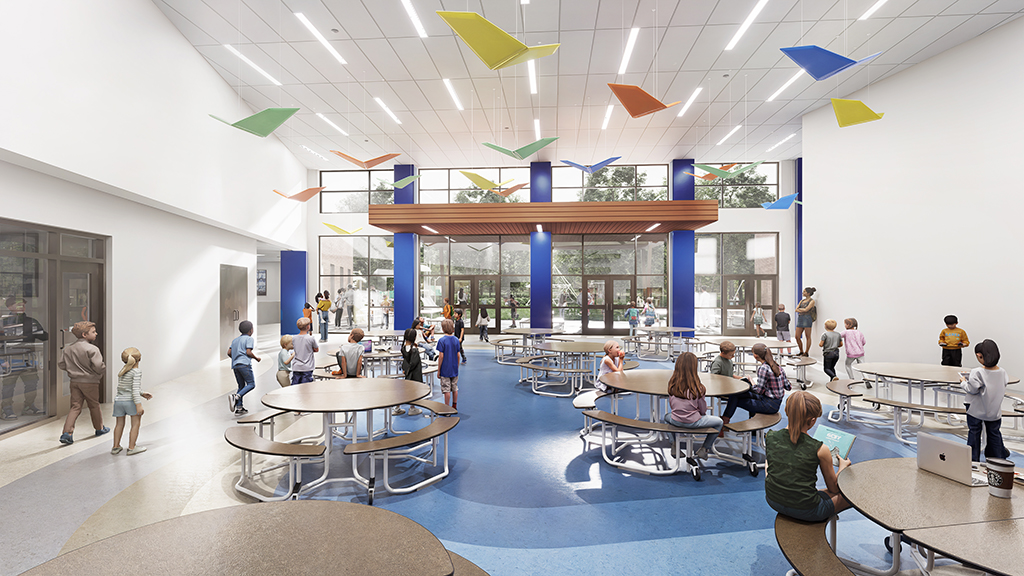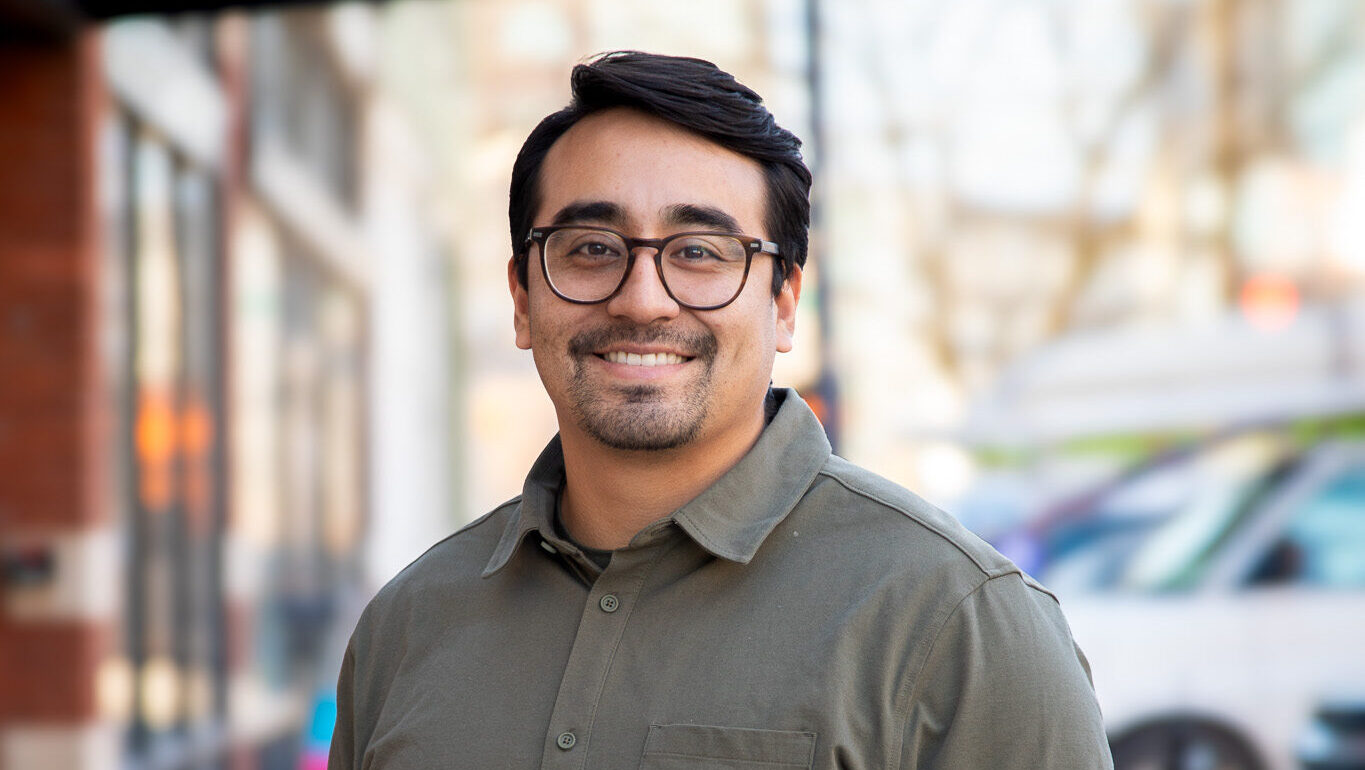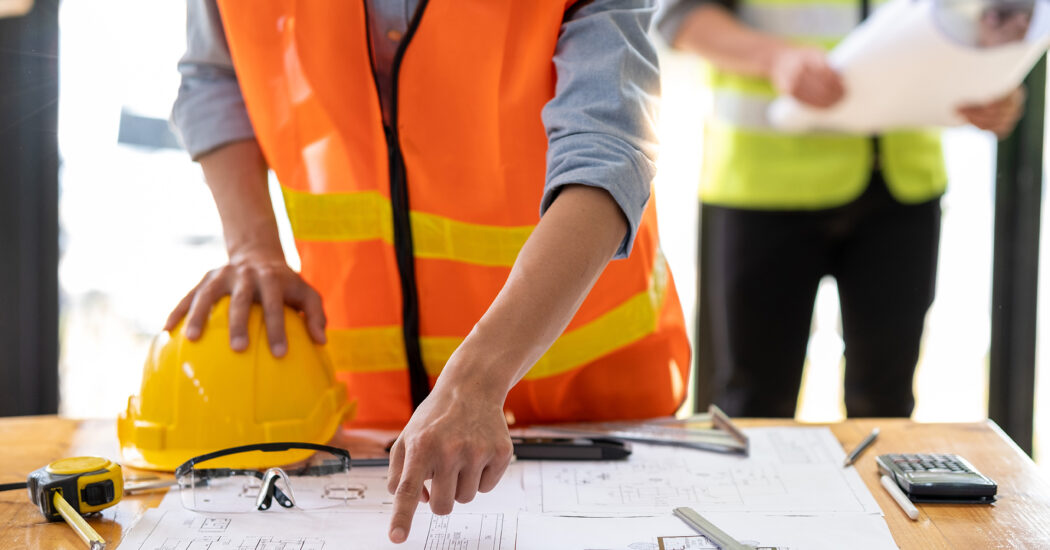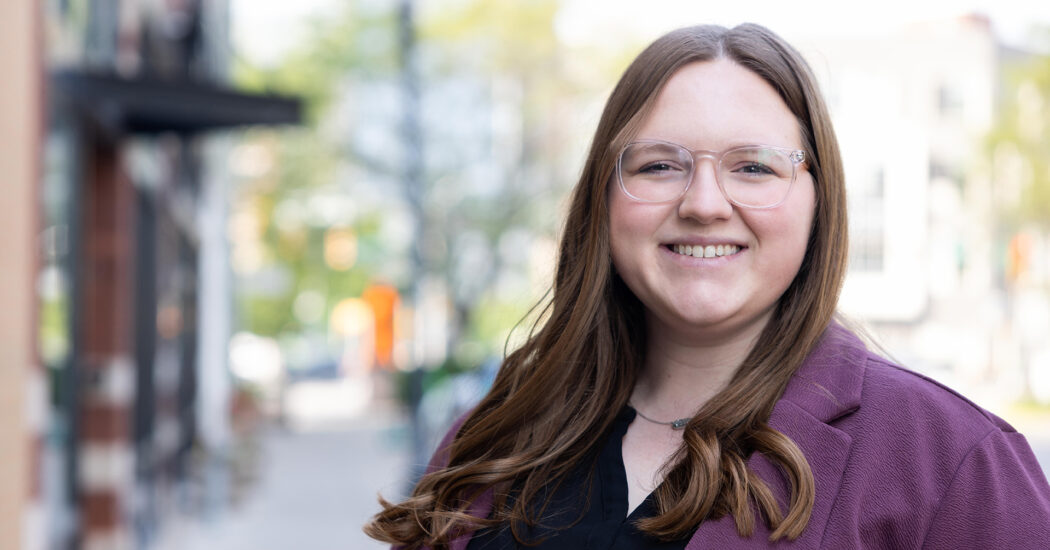Diego La Torre Reyes Q&A: Crafting Meaningful Spaces — Diego’s Design Journey
-
Category
Careers + Culture, Leadership -
Posted By
Schmidt Associates -
Posted On
Feb 07, 2025
From Lego creations to impactful designs, Diego La Torre Reyes’s journey into architectural interior design reflects creativity, dedication, and a passion for crafting functional, beautiful spaces..
Getting to Know Diego
Can you tell us about your professional journey—what led you to pursue a career in architectural interior design?
My love for design began with building Lego structures, where I enjoyed creating cool exteriors and planning interior room layouts. In high school, I deepened this passion through Project Lead The Way courses, learning tools like AutoCAD and Revit.
Although I initially pursued architecture, I discovered Interior Architectural Design in college—a program with smaller classes and a curriculum that better suited my interests. After graduating during the pandemic, I secured a role as a Design Development Coordinator, where I gained valuable experience managing mixed-use projects. While the role leaned more toward project management, it helped me develop a broader understanding of the design process, ultimately leading me to Schmidt Associates through industry connections.
What sets Schmidt Associates apart, and what makes working here unique for you? How do you see the firm’s values reflected in day-to-day projects?
Schmidt Associates exemplifies servant leadership, consistently prioritizing client needs. I’ve witnessed this dedication firsthand—the passion and commitment my peers bring to each project are truly unique.
Starting a new role can be daunting, but I felt welcomed from day one. Schmidt Associates fosters a highly collaborative environment where everyone is approachable, encouraging a sense of camaraderie. There’s no judgment or intimidation, which creates a supportive and positive workplace culture.
Design and Inspiration
Where does your inspiration for design come from? How do you balance staying creative while meeting project demands?
I draw inspiration everywhere—whether in nature, captivating imagery, or even my kids’ perspectives! While it can be challenging to rein in creativity, staying mindful of budgets and feasibility helps keep me grounded and focused.
What emerging trends or challenges in the AEC industry inspire you, and how do you think they will impact interior design?
Trends like sustainable design, biophilic design, and smart technology are incredibly inspiring. These challenges encourage creativity while addressing environmental and user-centric needs. For example:
- Sustainability: Emphasizing renewable materials, adaptive reuse, and energy-efficient systems.
- Biophilic Design: Promoting well-being through natural elements that enhance productivity and mental health.
- Smart Technology: Leveraging IoT devices and AI-driven systems for adaptable, responsive environments.
Balancing these innovations with budget constraints while ensuring designs remain timeless and accessible pushes the boundaries of creativity and technical expertise.
Sustainability and Technological Design
How do you integrate sustainability into your designs? Can you share an example of how this approach impacted a project?
Sustainability is integral to my design philosophy. I prioritize materials with low environmental impact, such as recycled content or low-VOC finishes, and emphasize maximizing natural light and incorporating durable materials to reduce the need for frequent replacements. These approaches align with long-term sustainability goals.
For example, in a recent project, we focused on adaptive reuse by transforming an outdated building into a modern, energy-efficient space. By repurposing structural elements and utilizing energy-saving systems, we significantly reduced waste while creating a functional, beautiful design.
How do you stay ahead of technological advancements in your field, and how do these innovations shape your design process?
I actively seek opportunities to learn, such as attending industry events like NeoCon, participating in webinars, and taking courses on platforms like LinkedIn Learning. Collaborating with peers in the AEC industry also helps me stay informed.
Technological advancements have greatly enhanced efficiency, creativity, and precision. For instance:
- Modeling Software: Tools like Revit streamline collaboration and visualization, addressing design challenges early.
- Immersive Presentations: Platforms like Enscape help clients engage with and understand design concepts.
Meaningful Work and Impact
Can you share a project that stands out to you as both meaningful and potentially having a lasting legacy? What made it so impactful?
I am currently working on two projects that are especially meaningful to me: Speedway High School and Franklin Preschool. As a resident of Speedway, designing a space where my daughters will one day spend a significant part of their lives feels deeply personal and impactful. Knowing the role these environments will play in shaping their experiences adds a special layer of purpose to my work.
With both of my daughters currently in preschool, their energy, curiosity, and joy continually inspire my work on Franklin Preschool. Every decision I make is guided by their vibrant perspectives, making this project both professionally rewarding and deeply personal.

Franklin Preschool, Franklin Community School Corporation
Leadership and Mentorship
Servant leadership emphasizes putting others first and fostering growth in those you work with. How do you apply this philosophy in your role as an interior designer?
I approach every project with flexibility, prioritizing the client’s needs and vision. Ultimately, the spaces I design aren’t mine—they belong to the client. My goal is to ensure the process is enjoyable, engaging, and tailored to serve their unique requirements.
What advice would you give to someone considering a career in interior design?
Embrace continuous learning and adaptability. Interior design evolves with new materials, technologies, and trends. Stay curious, seek mentorship, and don’t be afraid to experiment. Balancing creativity with practical problem-solving and listening closely to clients are keys to success.
Life Beyond Design
What hobbies or interests outside of work inspire you? How do these activities influence your creativity or problem-solving?
CrossFit fosters resilience, while time with my daughters inspires fresh perspectives in my designs.
How do your roles as a parent, weightlifter, and gamer enrich your perspective as a designer?
These roles shape how I view design:
- Parenting: Teaches me to prioritize functionality and adaptability for all ages.
- Weightlifting: Reinforces discipline and persistence, critical for tackling challenges.
- Gaming: Sparks creativity through engaging with dynamic, virtual spaces.
These activities balance my well-being and fuel my passion for creating impactful designs.
A Lasting Impression
Diego La Torre Reyes exemplifies how passion and adaptability shape meaningful design. At Schmidt Associates, he’s crafting spaces that inspire, connect, and leave a lasting impact. Ready to see how our interior design team can create spaces that inspire and connect? Explore our projects and learn more about Schmidt Associates’ approach to thoughtful design.








